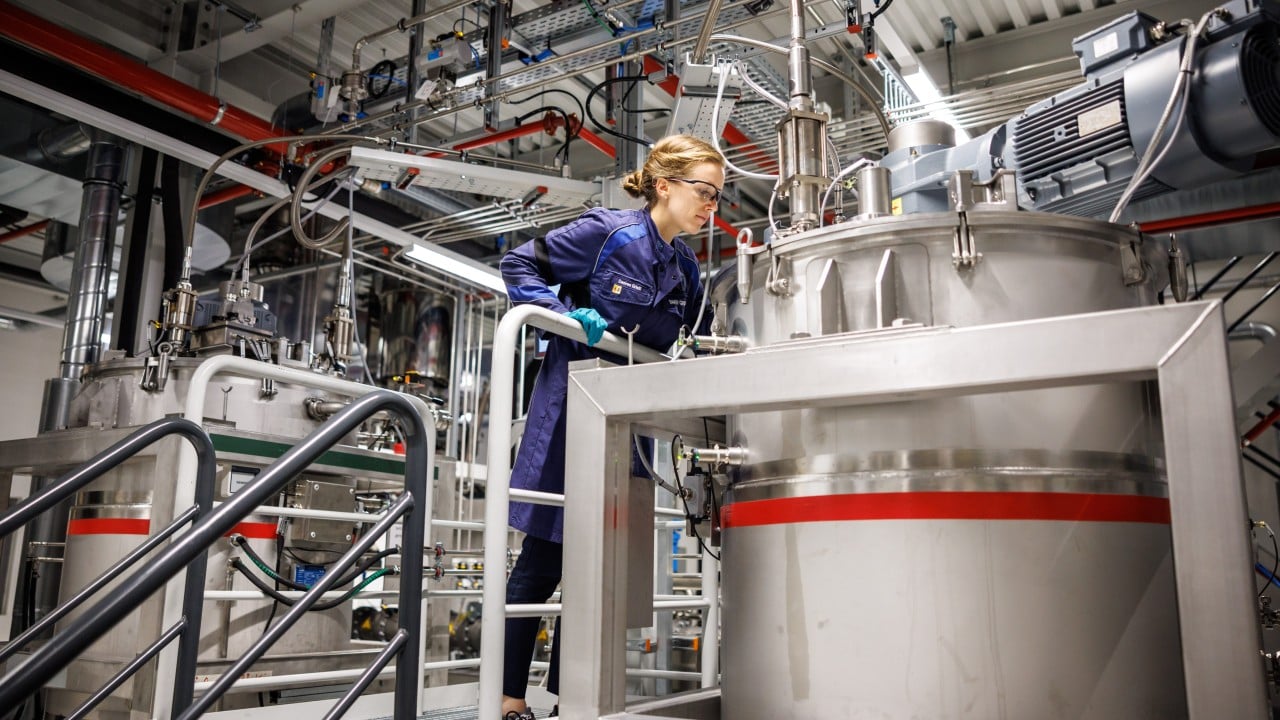Hopes for a long-awaited recovery of factory activity in Europe’s manufacturing powerhouse were uplifted this week as a key indicator of the sector’s health surged to a 34-month high in Germany.
Advertisement
But the fact that the country’s manufacturing purchasing managers’ index for June still remained at 49.0 – when a reading below 50 suggests a contraction in the sector – underscores the uphill challenge that Germany is facing in trying to regain growth and past glory in its manufacturing activities.
The data release came as Foreign Minister Wang Yi of China, the world’s largest manufacturer, was halfway through his European tour of Brussels, Berlin and Paris in preparation for the China-EU summit later this month. Both sides are seeking to resolve trade disputes and improve ties amid a reshuffle of global trade dynamics introduced by the United States.
Analysts and industry insiders say that while there is increasing urgency for both China and Europe to seek better ties, the key factor determining the dynamics between Brussels and Beijing is Europe’s underlying concern over China’s threat to the EU’s manufacturing prowess – a jewel in the continent’s crown.
“Europe wants to rebuild its manufacturing sector, so it cannot afford to have a lot of cheap imports from China,” said Sacha Courtial, a researcher specialising in economic governance in Europe and China, at the Paris-based Institut Jacques Delors think tank.
Advertisement
The EU remains one of the world’s biggest manufacturing bases, with a net output of US$2.72 trillion in 2024. That was roughly on the same level as the US, which had an output of US$2.91 trillion, but trailed China’s US$4.66 trillion, according to World Bank data.

